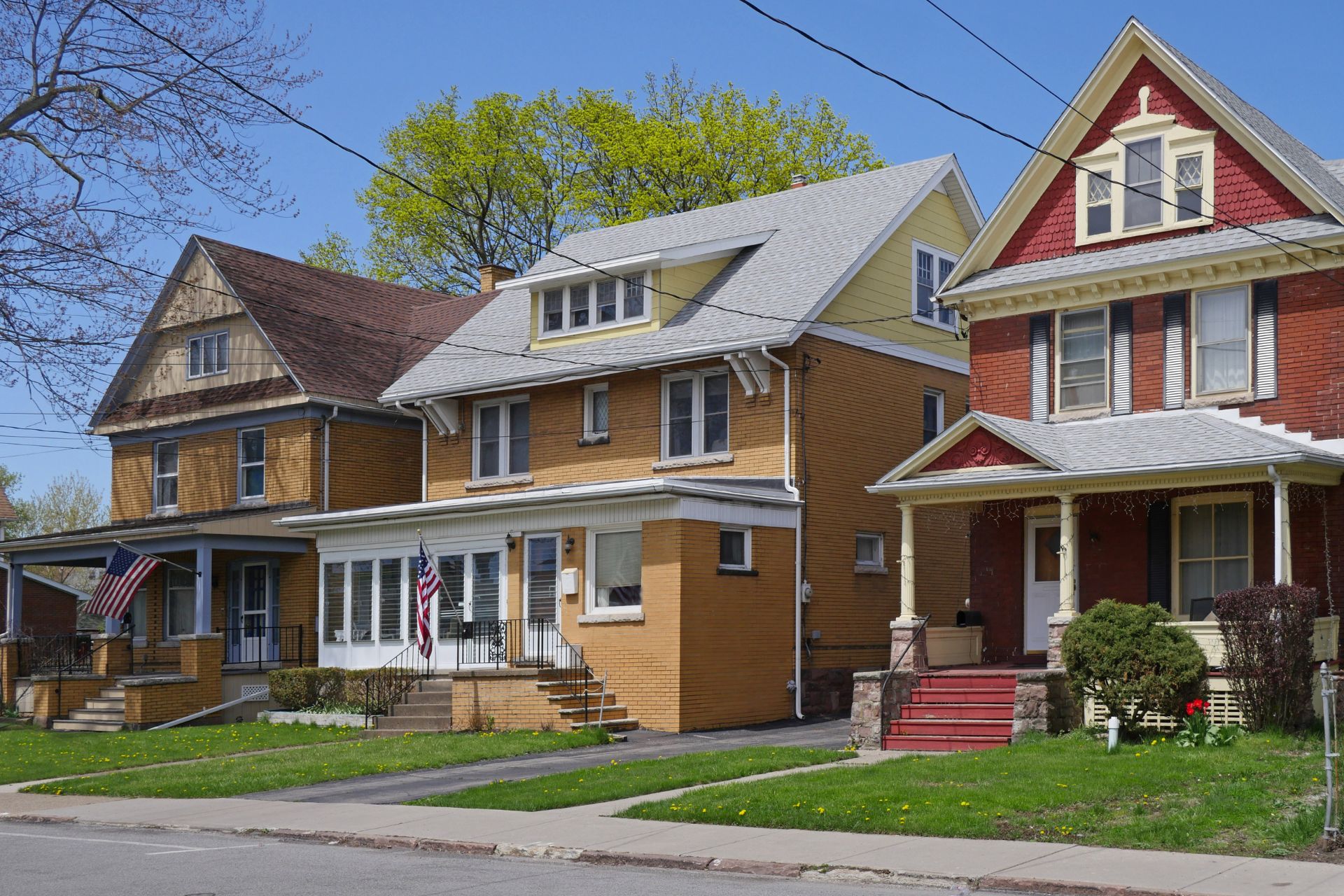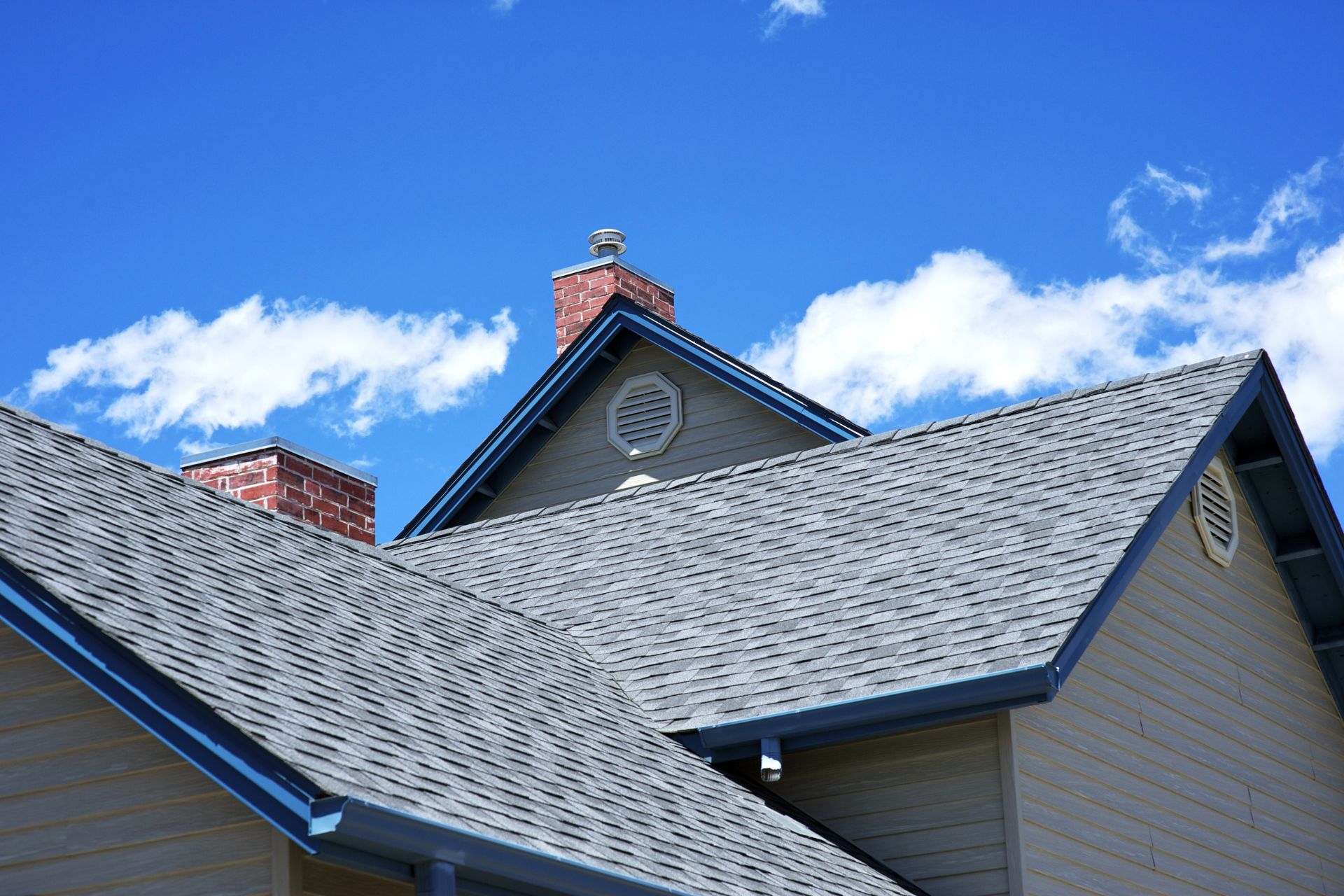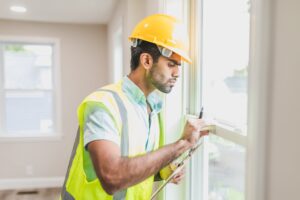As we step into 2024, there’s some good news about houses! People are feeling more hopeful about the housing market than they have in almost two years. This increased housing confidence is a bright spot, but buying a house is still not easy for many.

Increased Housing Confidence
Recently, Fannie Mae did a survey and found out that a lot of people are starting to feel better about buying houses. They think that the interest you pay on a home loan or a mortgage might get cheaper soon. This hope that things will be more affordable is why more people are feeling confident about getting a house.
Back in December 2023, Fannie Mae’s survey showed a clear change: people are getting more and more confident about the housing market. This isn’t just about numbers on a chart; it’s about real people feeling hopeful that they can buy a home. Many are crossing their fingers that the cost of a home loan will go down in the next year. A big takeaway from the survey was this: a lot of people think the interest on mortgages will be lower in the next 12 months. This is a big deal because it shows that people are feeling pretty positive about buying houses right now.
“A significant proportion of consumers now anticipate mortgage rate declines in the next 12 months,” a key insight from the survey reveals.
The Role of Federal Rate Cuts
The Federal Reserve’s hinted rate cuts in 2024 could be a pivotal factor influencing this optimism. These potential cuts may lower the fed funds rate, impacting mortgage rates directly. The government might make it cheaper to borrow money this year. If they do, this could help make mortgages less expensive too. But, even with this hope, houses are still really pricey, and not enough are for sale. This makes it hard, especially for people buying their first home. It’s essential to note that while optimism is on the rise, the reality of high home prices and inventory scarcity continues to challenge first-time buyers and low-income families.

The Persistent Affordability Crisis
Despite increased housing confidence, the dream of homeownership remains elusive for many. High home prices, coupled with a tight inventory, make it increasingly difficult for potential buyers to enter the market. A staggering 83% of consumers still believe it’s a bad time to buy a home, underscoring the significant impact of limited inventory and high prices.
Homeownership and Income Disparities
The divide in housing market perceptions is evident among different income groups. Homeowners and higher-income groups exhibit more optimism compared to renters. This disparity highlights the broader economic inequalities affecting the housing market.
The Reluctance to Sell and Inventory Shortage
Many homeowners are reluctant to sell, primarily due to their current low-rate mortgages. This hesitation contributes to the tight inventory, sustaining high home prices. “The inventory remains significantly below typical levels,” a concern echoed in recent market analyses.

In simple terms, many people who own homes don’t want to sell them right now. They got really good deals on their home loans (mortgages) with low-interest rates a while back. Because of this, they’re staying put, not wanting to risk higher rates if they buy a new house. This means there aren’t many houses for sale, which we call a “tight inventory.” This lack of houses for sale keeps the prices of homes high.
Looking Ahead: A Mixed Outlook
As we venture deeper into 2024, the landscape is mixed. Increased housing confidence is a positive sign, but significant challenges remain. Some economists predict a slight improvement in housing affordability, but the path there is fraught with uncertainties.
Even though people are more hopeful, buying a house is still tough. Experts think things might get a little better for buyers, but there are no guarantees.

Conclusion: Balancing Optimism with Reality
The surge in increased housing confidence offers a ray of hope in the complex world of real estate. Yet, it’s crucial to balance this optimism with the stark reality of the affordability crisis. The good news? People are feeling more hopeful about the housing market – that’s the increased housing confidence we’re seeing. The not-so-good news? Houses are still expensive, and there aren’t enough for everyone who wants to buy. As the market evolves, stakeholders and policymakers must address these challenges to ensure a more inclusive and accessible housing market for all.
Related posts:
 Reduce Your Environmental Footprint: Simple Water Conservation Tips for Your Home
Reduce Your Environmental Footprint: Simple Water Conservation Tips for Your Home
 10 Precautions to Stay Safe During a Home Renovation
10 Precautions to Stay Safe During a Home Renovation
 Surge in US Housing: A Close Look at the November 2023 Boom
Surge in US Housing: A Close Look at the November 2023 Boom
 Seattle Fort Lawton Housing Plan Revision: A New Vision for Affordable Living
Seattle Fort Lawton Housing Plan Revision: A New Vision for Affordable Living
 Canada Bans Foreign Homeownership Until 2027 to Help People Afford Homes
Canada Bans Foreign Homeownership Until 2027 to Help People Afford Homes



